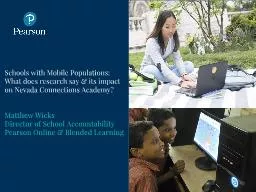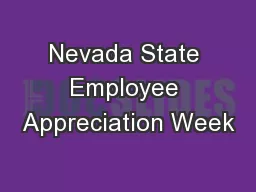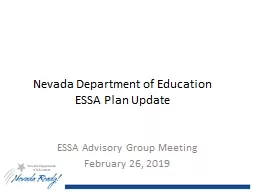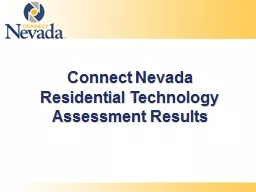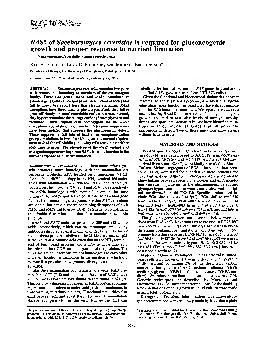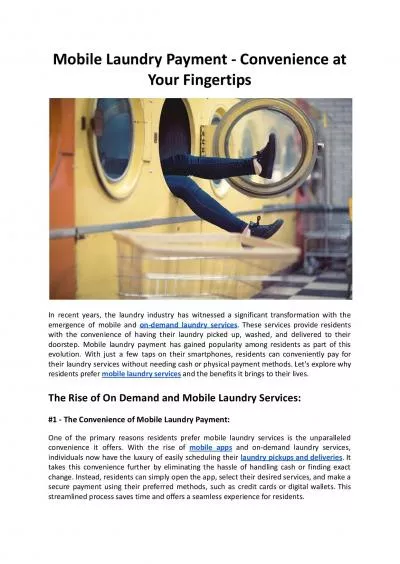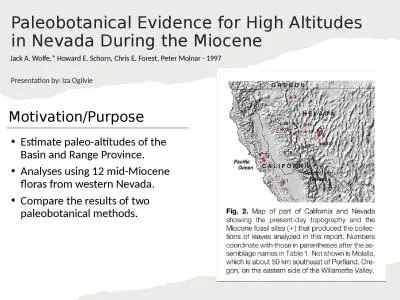PPT-Schools with Mobile Populations: What does research say & its impact on Nevada Connections
Author : bikersnomercy | Published Date : 2020-06-18
Matthew Wicks Director of School Accountability Pearson Online amp Blended Learning Image placeholder Connections Academy Online Schools Connections Academy virtual
Presentation Embed Code
Download Presentation
Download Presentation The PPT/PDF document "Schools with Mobile Populations: What do..." is the property of its rightful owner. Permission is granted to download and print the materials on this website for personal, non-commercial use only, and to display it on your personal computer provided you do not modify the materials and that you retain all copyright notices contained in the materials. By downloading content from our website, you accept the terms of this agreement.
Schools with Mobile Populations: What does research say & its impact on Nevada Connections: Transcript
Download Rules Of Document
"Schools with Mobile Populations: What does research say & its impact on Nevada Connections"The content belongs to its owner. You may download and print it for personal use, without modification, and keep all copyright notices. By downloading, you agree to these terms.
Related Documents

